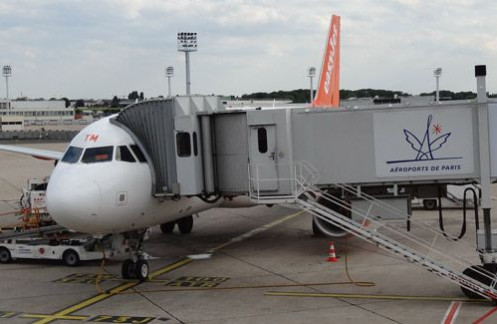Aude SchindlerProject Manager at ANAPWe really appreciated how the EURODECISION team enabled us to benefit from their expertise, including on the ground. In no way was it executive contracting, but real hands-on guidance.
The Agence Nationale d’Appui à la Performance (ANAP) was set up in 2009, tasked with supporting healthcare and social-medical establishments with their organizational transformation programs. ANAP promotes sharing the efforts and roll-out of its methods across France through pilot projects, circulating recommendations and devising tools.
The 2010 French Health Ministry-sponsored Eyssartier Report highlighted the challenges of overhauling medical transportation’s economic model. This issue is now regarded as one of the French health insurance system’s risk management priorities. ANAP focused part of its work program on delving into the issue. After striving to address the question of managing healthcare establishments’ demand for transportation1, ANAP embarked on a study to improve medical health transportation on a regional scale in 2012. The study’s purpose was to forestall the impacts on patient transport of reorganizing the healthcare offer.
ANAP called on the companies ANTARES CONSULTING and EURODECISION to support its team on this project, and selected them because the methodology they proposed to solve these issues seemed particularly apt. The project rolled out in two distinct phases – prospective survey of best national, international and inter-sectorial organizational practices, followed by an impact analysis conducted out on the ground with two pilot Regional Health Agencies (ARS).
During the best organizational practices benchmarking phase, the specialist health strategy consultancy ANTARES CONSULTING devoted its efforts to researching into and examining existing national and international initiatives. Meanwhile, the business analytics specialists EURODECISION deployed their multi-sectorial expertise to make an assessment of the actions taken in other activity sectors. Subsequently a number of interactive workshops were organized involving the regional representatives of ARS responsible for transportation. They identified the initiatives that could apply to patient transport and came up with relevant organization models for the future.
At the same time, EURODECISION developed an econometric model, a typology of demand and a dynamic system to represent, explain and simulate the demand for transportation. Adjustments of the explanatory variables of the demand for transportation make it possible to examine a number of scenarios and forecast their consequences (for instance, the closure of a maternity unit may lead to a sharp increase in the demand for transportation).
As patient data is confidential, EURODECISION’s consultants based their work on an aggregated statistics baseline to develop the mathematical model. The Rhône-Alpes regional ARS that volunteered for the project then validated the method by running simulations based on the available data that turned out to be promising.
The impact simulation methodology was delivered as eight practical data sheets that detailed the various stages for implementing the approach over a region. ANAP published it in a guide2 in January 2015. It will shortly be incorporated into a geographical information system to enhance results viewing. This toolkit fulfils the purpose of easing decision-making by providing the Regional Health Agencies with the keys to gain better understanding of the short- and medium-term changes to medical transportation to “make organizing patient transport more efficient”.
1 « Améliorer la gestion des transports sanitaires en établissement de santé », May 2013
2 « Améliorer la gestion des transports de patients – Approche territoriale », January 2015






